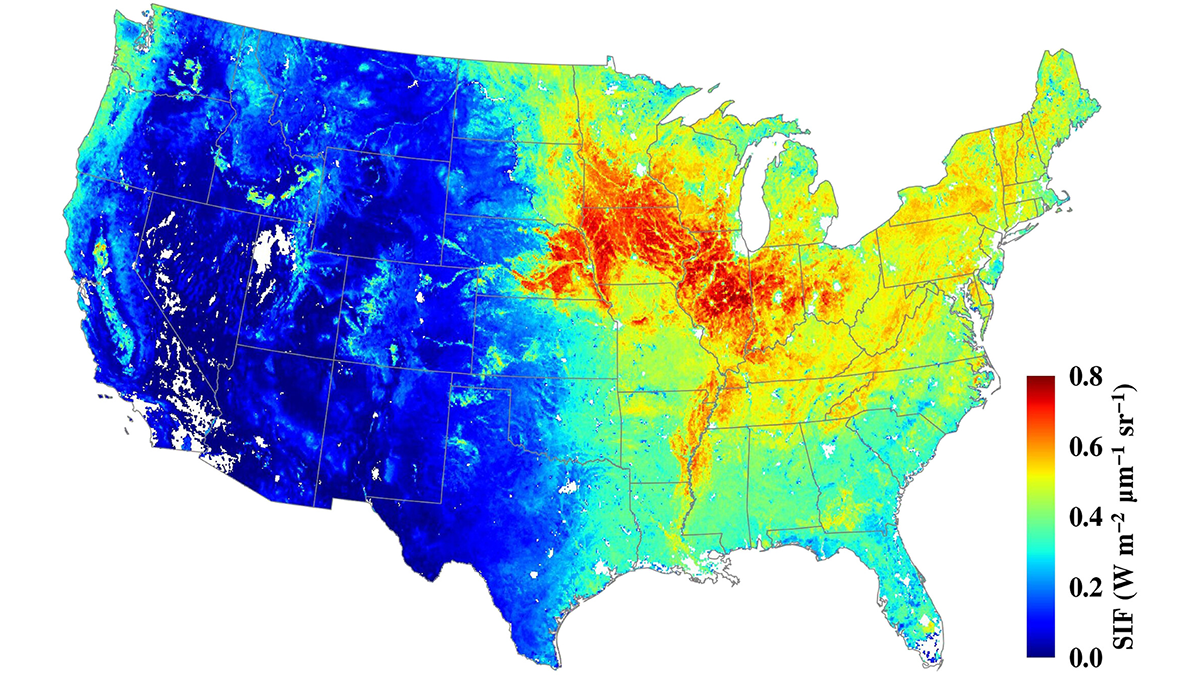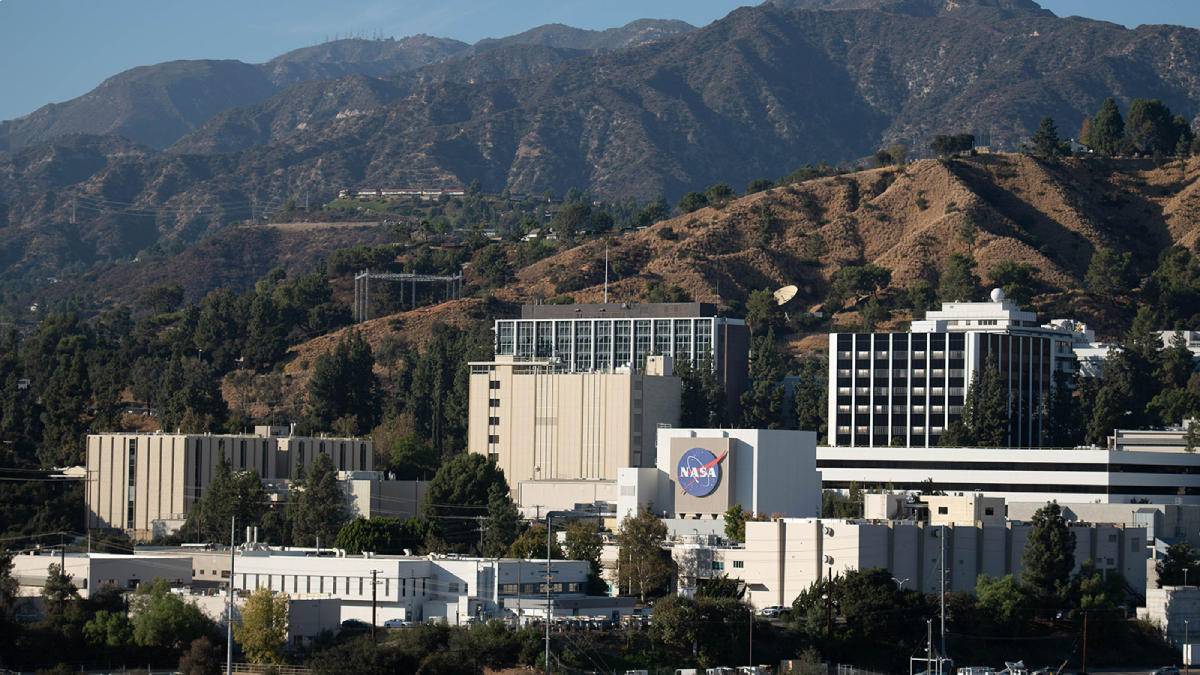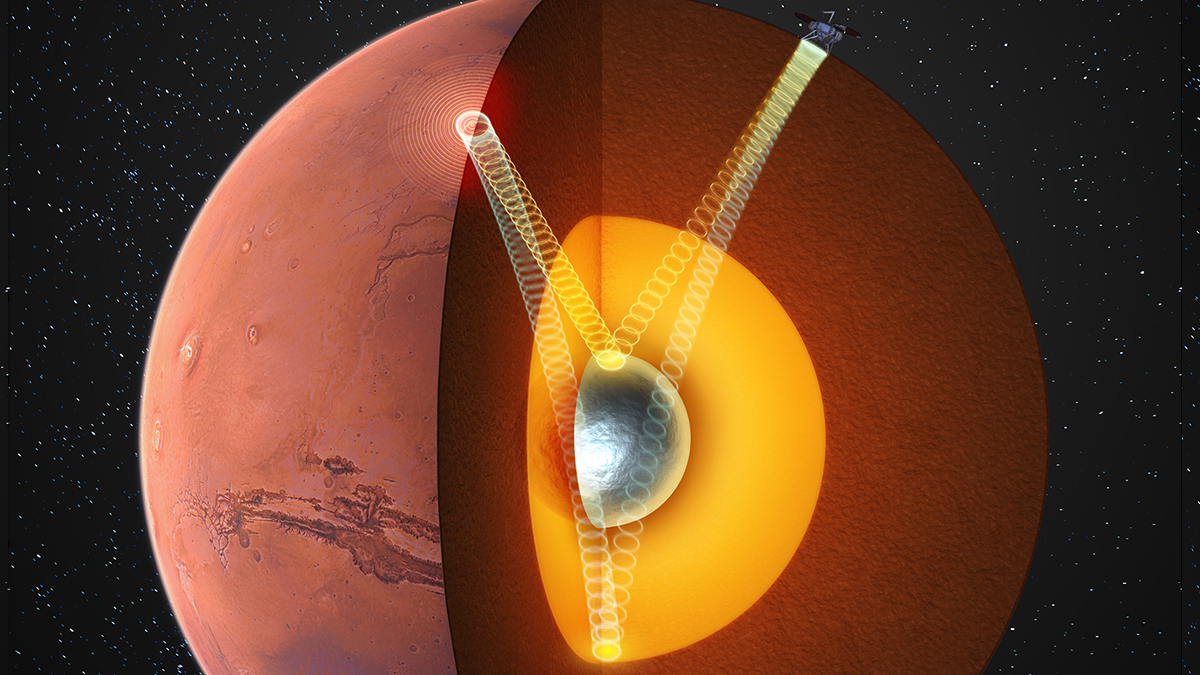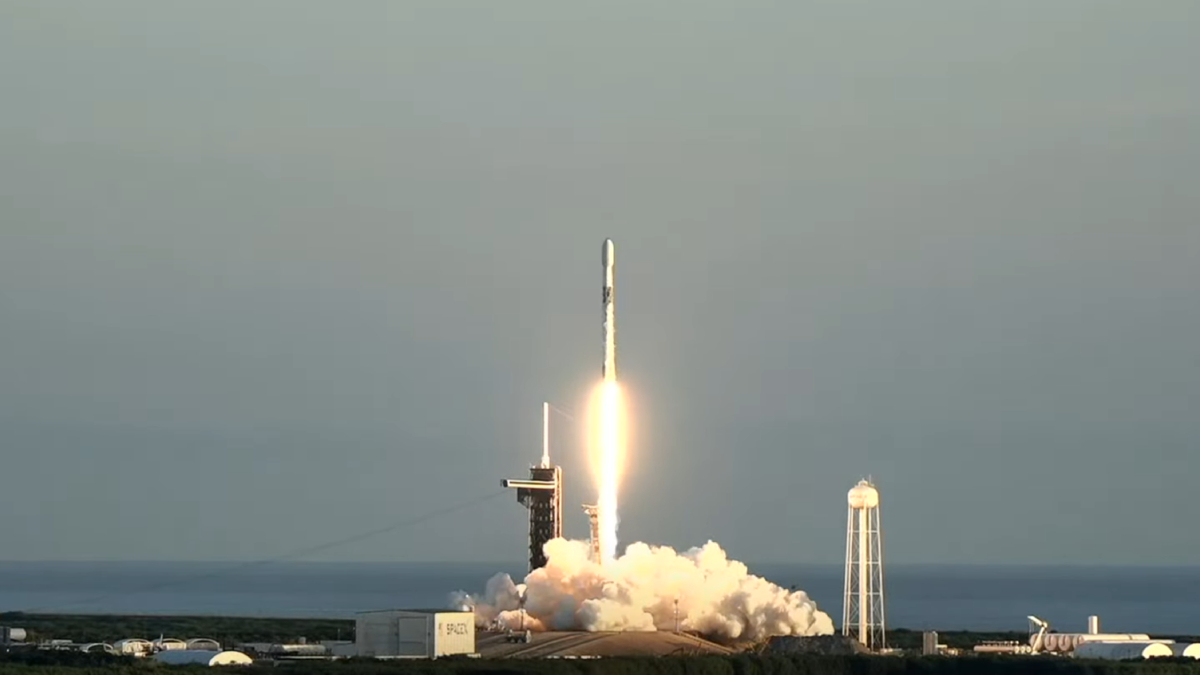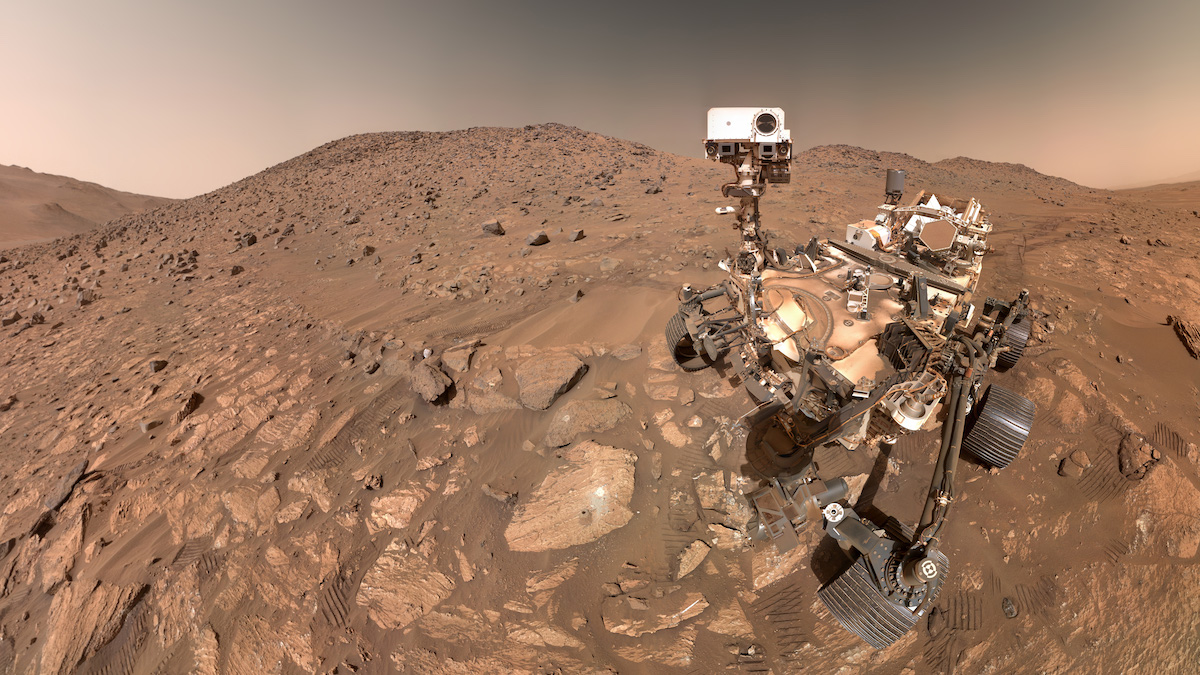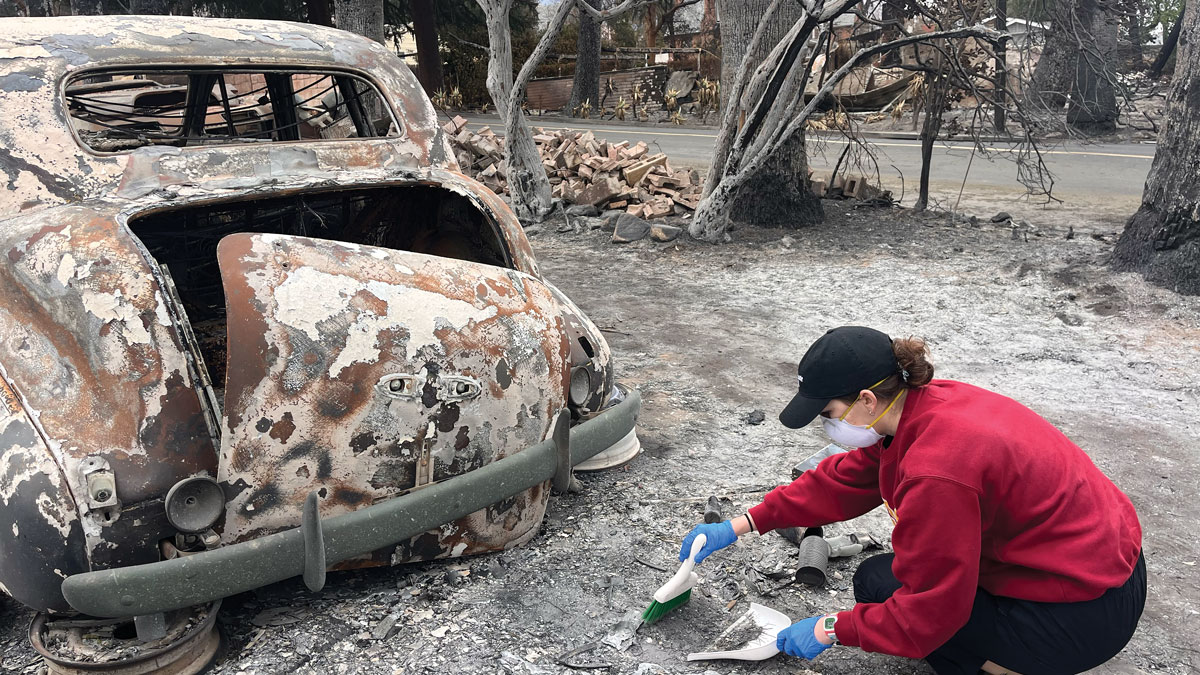The Orbiting Carbon Observatory-2 (OCO-2) mission, proposed for early termination, has turned out to be a boon to forest and agricultural management.
NASA
Martian Dust Devils Reveal Dynamic Surface Winds
A new wind map covering the whole of Mars includes some of the fastest winds ever detected on the Red Planet.
New Satellite Data Reveal a Shift in Earth’s Once-Balanced Energy System
The Northern Hemisphere is absorbing more sunlight than the Southern Hemisphere, and clouds can no longer keep the balance.
JPL Workforce Decimated
NASA’s Jet Propulsion Laboratory (JPL) in Pasadena, Calif., laid off 550 people, a roughly 11% reduction of its workforce.
Science Agencies Shuttered in Government Shutdown
At 12:01 a.m. this morning, the U.S. federal government shut down. This shutdown comes after weeks of negotiations and pressure tactics failed to bring Congressional Republicans and Democrats together on a budget for the 2026 fiscal year or a continuing resolution to fund the government for a few more weeks.
Scientists May Have Finally Detected a Solid Inner Core on Mars
Seismic clues from NASA’s InSight mission suggest that Mars hides a solid inner core, and raise new questions about why the planet’s magnetic field disappeared.
Trio of Space Weather Satellites Take Flight
These three satellites will that study the solar wind and its impacts.
Perseverance Sample Shows Possible Evidence of Ancient Martian Microbial Metabolisms
A sample collected in July 2024 by NASA’s Perseverance Mars rover may be “the closest we’ve actually come to discovering ancient life on Mars,” according to Nicky Fox, the science head of NASA.
When Disaster Science Strikes Close to Home
How have scientists across Los Angeles used their skills to help their communities recover from the 2025 fires?
Burning Urban and Wild Land Alike
When more densely populated Altadena and Pacific Palisades burned along with surrounding wildlands, hazards for residents didn’t stop when the fires were contained.

